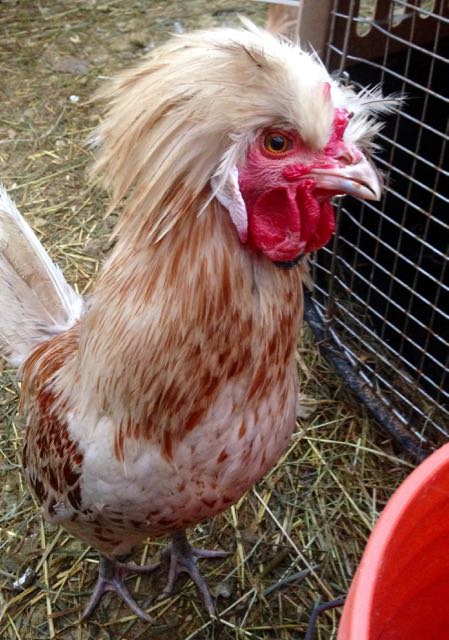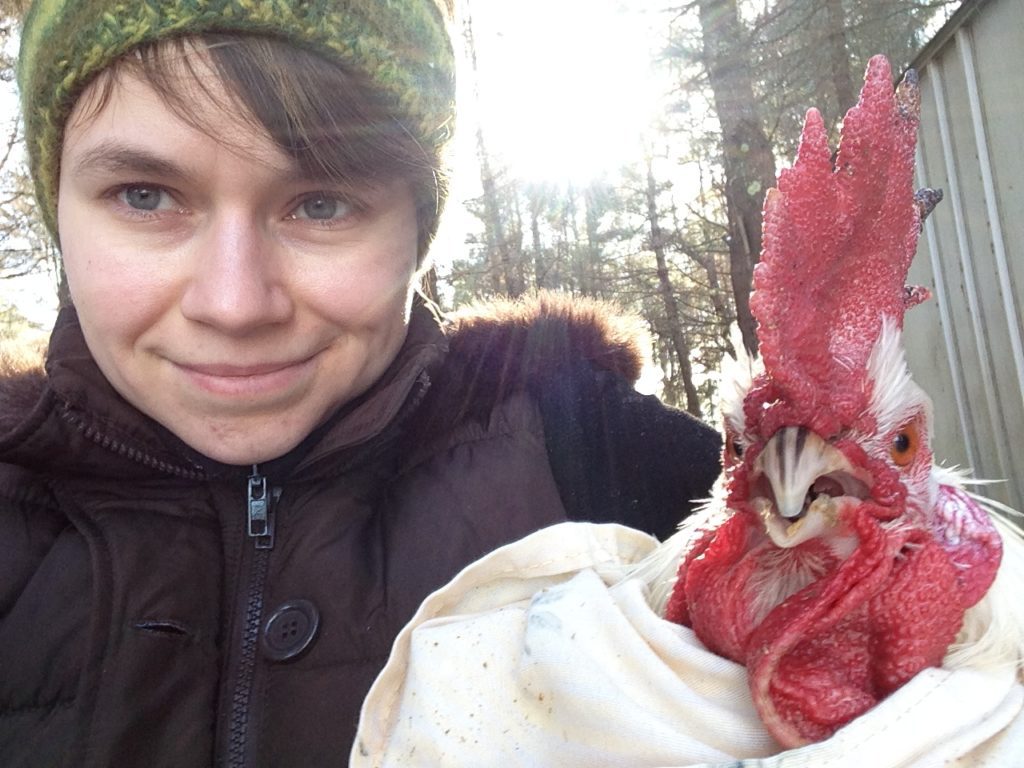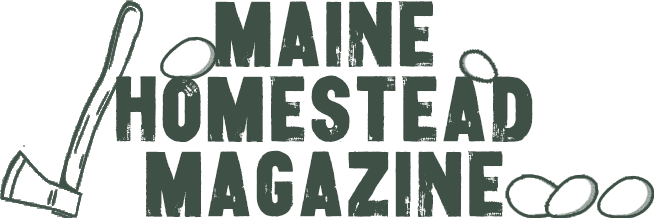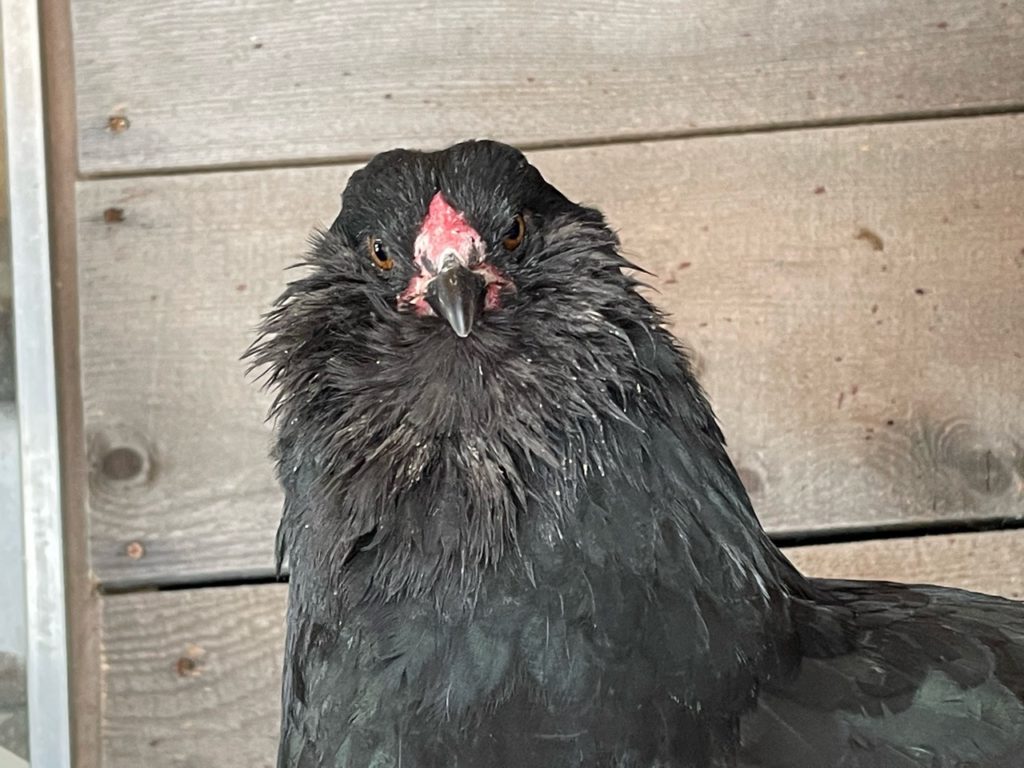First and foremost, reducing rooster aggression is to reduce risk of injury and change aggressive behaviors by getting to know your rooster.
LAST UPDATED FEB 24, 2018
About Spurs:
Only roosters have spurs, not hens. They are the main chicken defense weapon and are used to puncture the skin of a perceived threat, predator or competitor. Spurs stick right out the back of rooster’s legs. Some spurs are thicker, have a slight curve or grow faster between individuals and breeds. They are not retractable like a cat’s claw but do have blood in them much like the “quick” inside a dog or cat’s claw which must be watched out for when trimming.
To activate them as chicken defense weapons, the rooster flips his feet out from under him, and leans back while beating his wings hard—propelling him into a very sudden spurs-first attack leap.
 Reasons for Trimming Spurs:
Reasons for Trimming Spurs:
It is rare to actually need to trim spurs. In cases, the rooster may serve as an integral part of a breeding program but cannot be trusted to behave. This may be a viable option to reduce harm. Trimming the spurs will not stop a rooster from attacking you, but the attack itself may hurt less and not have the same ability to puncture.
Each Rooster is an Individual Case:
To the left is a photo of George looking up at me as I was fumbling through a hay bale his ladies have decided makes a fun place to lay eggs. After pulling out a couple of eggs I looked down to see this fluffy dude standing tall and looking suspiciously at me. Over the next week he became increasingly suspicious. I began to watch his behavior as I worked near him and concluded he was on the verge of becoming aggressive even though I handle him daily.
To passively assert my dominance, I began taking him under my arm during meat rabbit rounds in the mornings and simply picking him up and petting when I noticed his demeanor change. If he showed more sign upon setting him down, I’d pick him right back up and lay him on his back and slowly stroke his belly while talking calmly. Within just a few days George the rooster stopped challenging me—but he is still a loose cannon in concern to my children tending the pen and collecting eggs.

After I removed the hay bale he began to guard the hens the whole time they were laying eggs in the nesting boxes, as seen in the photo above. Once they were off them he could care less if I put them in a basket. George knew the hen was vulnerable while sitting there I suppose, which is a good instinct to have in a rooster.
To reduce his challenging me during egg collection, I take a handful of scratch in with me and toss it in the bowl as I pick eggs to reduce conflict and reward for good behavior. If he comes at me or seems at all interested in challenging me, I simply hold him while I do the collecting and let the girls eat without him. I only set him down after they’ve gobbled up the scratch.
This is the first rooster I have felt the need to trim spurs on. His spurs are wide, thick and super-pointed. George’s spurs were built to inflict serious damage if used in aggression—especially to my shorter 4-year-old who is too young to be looking for rooster aggression signs upon entering the pen. My older son, age 13, noticed a change in George only one day after I had—even though I’d never mentioned it to him. Although he is responding to my training cues and his behavior has improved, he is too unpredictable. Where he is obviously trainable, reducing rooster aggression through behavioral training is possible.

The Other Rooster
Once, I was collecting eggs from an unauthorized nest a hen had made in a doghouse. I’d seen her sneaking in there and decided to check it out since the egg count had been low for a few days. Upon reaching down into the house from a flip-up roof, her rooster suddenly leapt through the door and put a spur right through my hand. It was a flesh of white feathers and pain.
I finished the morning chores and washed out my wound. The spur literally went through the meat of my hand leaving a hole through the thickest part of the intertwined thumb and pointer finger muscles, nearly missing tendons and bones. I was lucky it wasn’t broken. It had been a cold morning and I couldn’t tell how bad it was until I was inside and had removed my mitten. As my hand warmed I thought for sure it had broken and worried it would become infected—luckily it was okay after I favored it for a week.
Reducing Rooster Aggression Methods for Extreme Cases
Following the encounter, that one rooster attacked me each time I entered the pen—or tried to through the fence when I walked several feet away. Sometimes reducing rooster aggression means creating a barrier and giving them time to decide you might not be a treat. I tried going in his pen with a section of plywood and backing him into a corner. I’d lean a log against it and leave him penned there until I finished collecting eggs, filling the feeders and water dishes. It was enough room for him to move around, but not to hop up over it. Once I finished, I would return to that corner, remove the log, and very reluctantly back out of the pen careful to keep the plywood between us. Creating a barrier didn’t work for this particular rooster.
I tried entering the pen less often by leaning over the low fencing to pour water and food into two bowls. He would run and flap from across the large pen to meet me—and not because he was hungry. I tired throwing scratch to him before I fed the others in a place on the far end of the pen. This attempt at distraction was also futile.
Upon watching how protective he was over his single hen, I decided to give him two of my mixed breed hens as well—share the rooster love, right? This made no change in his attitude and my hens only seemed confused by the change in environment. They laid eggs in the mud, and I became increasingly fearful to go into the pen. It takes a lot to scare me. I often take fear as a personal challenge. By the point I felt fearful, it was time for him to go.

On several occasions he had to be kicked as he came at me with spurs out. even though I’m the one who had raised him, brought him food, and handled him—he never accepted my passive attempts dominance, and worse; he didn’t even have the common sense to back down after being kicked. Withing a second he would come right back at me. I never ran and always stood my ground—but for some roosters it won’t make any difference. And in my book, that means they ought to be taken out of the breeding program as well.
I thought up all kinds of reducing rooster aggression tactics. In the end there was just no dealing with him. I understand he initially became aggressive while protecting a hen’s secret nest and it’s a natural instinct—but this is a farm and not a nature preserve. The attack was so sudden and he’d never shown any prior signs of aggression.
With small children and other animals to concern myself with; I decided to trim his head, not his spurs. This is a shot of us on the way to the butcher block from the pen above. I had to toss a white sheet over him to trap him. He’s the biggest rooster I’ve ever butchered here and that was a couple years ago. In this case the way to reducing rooster aggression was rooster removal.
For more tips or a different perspective on reducing rooster aggression, see this blog.
How to Trim Spurs:
Spurs can be trimmed with strong wire snips or a Dremmel with coarse sandpaper—careful not to overheat the area from the friction. Wrap your rooster in a towel and hold him tight before going to town on those spurs. Part of reducing rooster aggression is building trust and respecting your rooster. Treat him with kindness even if you’re walking him to the butcher block. Take care not to bend them where that attach to the back of his leg, because that will hurt him. Use sharp tools and have a plan to make it as quick and simple as possible.



